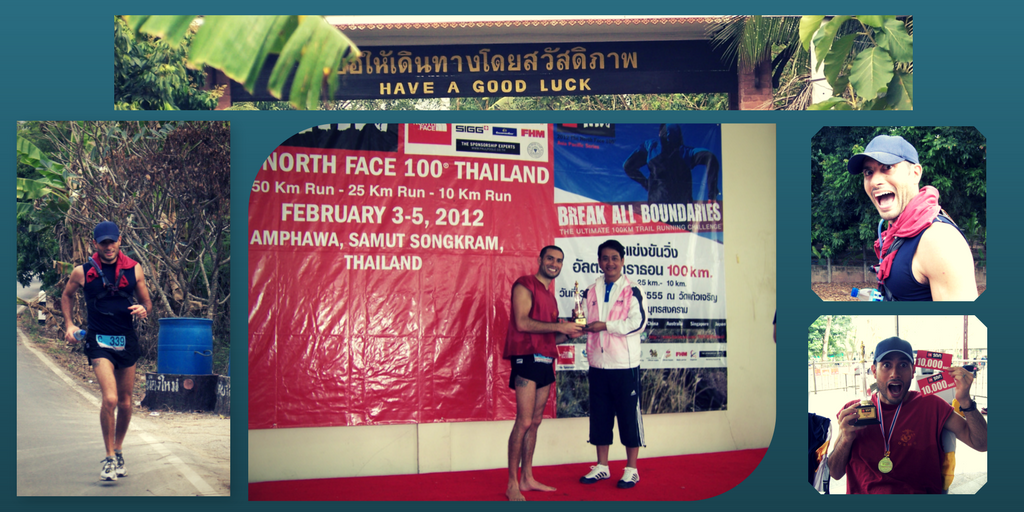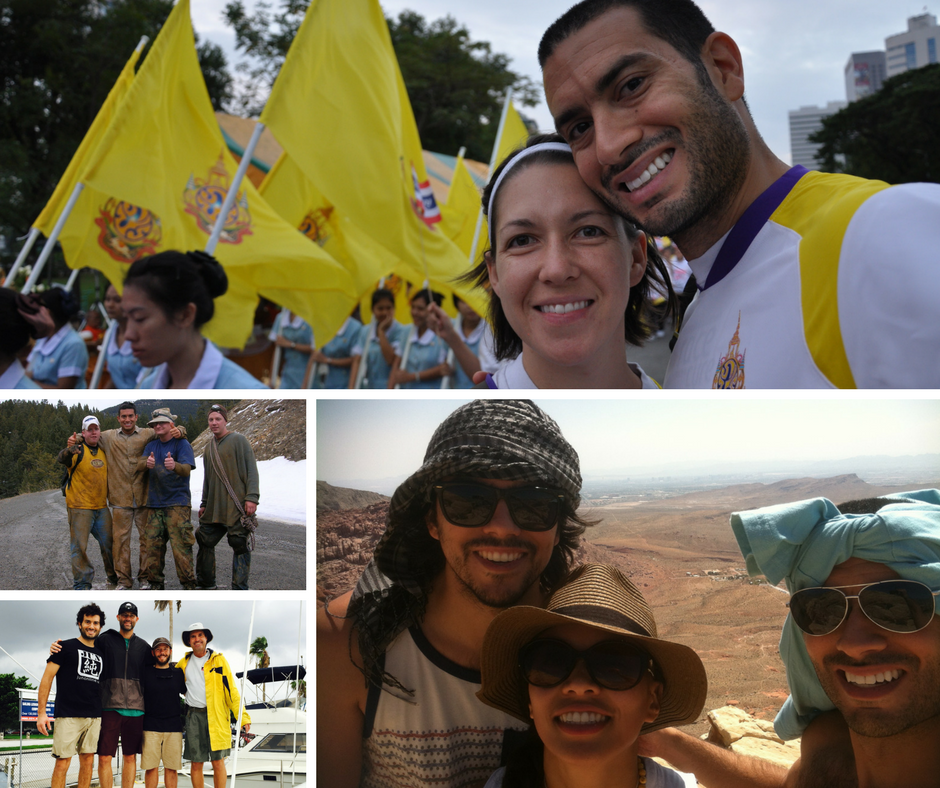
Achievement is not a solo sport. While individual success presses well in media channels and on magazine covers, accomplishment always springs from community. For some, community is a team. For others it’s friends, family, partners or peers. Whatever form community takes, it is undeniable that our odds for success increase significantly when work together.
While many of us already know this to be true, we continue to make goal setting a private affair. We somehow believe that keeping our goals and ambitions secret will lessen personal risk; that the fear of public failure is greater than the power of public support. Nothing could be further from the truth. To demonstrate this point, I’m willing to bet my reputation and my blog!
APRIL CHALLENGE: I challenge everyone reading this blog to set a goal for April, share that goal in the comments section of this post, and leverage this blog as a forum to encourage others and find encouragement to accomplish that goal on or before April 30, 2017.
HOW IT WORKS: I will release a new post each week in April that builds on our collective effort to meet the goals we set. Using the comments section below the post, participants engaging in the challenge can communicate with me directly and/or with one another by selecting “Notify me of follow-up comments by email.” Our ongoing dialogue and goal updates throughout April will be available to anyone following the Me.Now. blog, inspiring readers and giving participants the encouragement of a supportive virtual community.
MY PERSONAL GOAL: I’ll set my goal now and enlist myself as the first participant!
GOAL: I will write 5 consecutive blog posts before April 30, 2017 that give practical guidance on how to set, maintain and achieve goals.
SET YOUR GOAL: As the first post in the series I committed to above, I will share my suggestions on how to set goals that self-motivate rather than self-shame. I call this technique ‘P-I-R-A-T-E booty’!
P – Precise: Make the goal clear and concise using simple language. Clarity and precision make recall easy, and it helps prevent from the temptation to find/make a loop-hole as a way out.
I – Individual: Tailor your goal to yourself. When someone else sets goals for us, we do not fully invest in the goal itself. Instead, make your goal about you, empower yourself and ignore the peanut gallery!
R – Relevant: Life changes fast. The best goals make sense right now. While it’s always nice to plan for the future, it is often more rewarding to live for today. For this challenge, we’re looking to show success in 30 days or less – we’re pitching a tent here, not building a fortress.
A – Achievable: I am a sucker for setting goals that are unrealistic. I try to ‘stretch’ myself with a goal that is just beyond reach and then I feel like a failure when I fall short. Learn from me, save yourself the ‘booty’ pain, and set a goal that is achievable. One goal – make it realistic.
T – Timely: This one is a freebie! I set the timeline at 30 days for all of us. It is important to give a specific timeframe for goals so that we can plan, assess and make changes as needed. Additionally, clear start and end times give the goal boundaries and keep it from mutating into something scary.
E – Entertaining: Make it fun! If you don’t like to work out, then don’t work out. If you don’t like to eat carrots, then don’t eat carrots. If reaching the goal doesn’t bring you joy, then it’s easy to decide to stop trying. Instead, make the goal entertaining and the process will be just as enjoyable as the accomplishment.
I wish all those who join me in the ‘April Challenge’ good luck! I am already excited to see our progress over the month. Help me show everyone reading now and in the future that success comes from community!

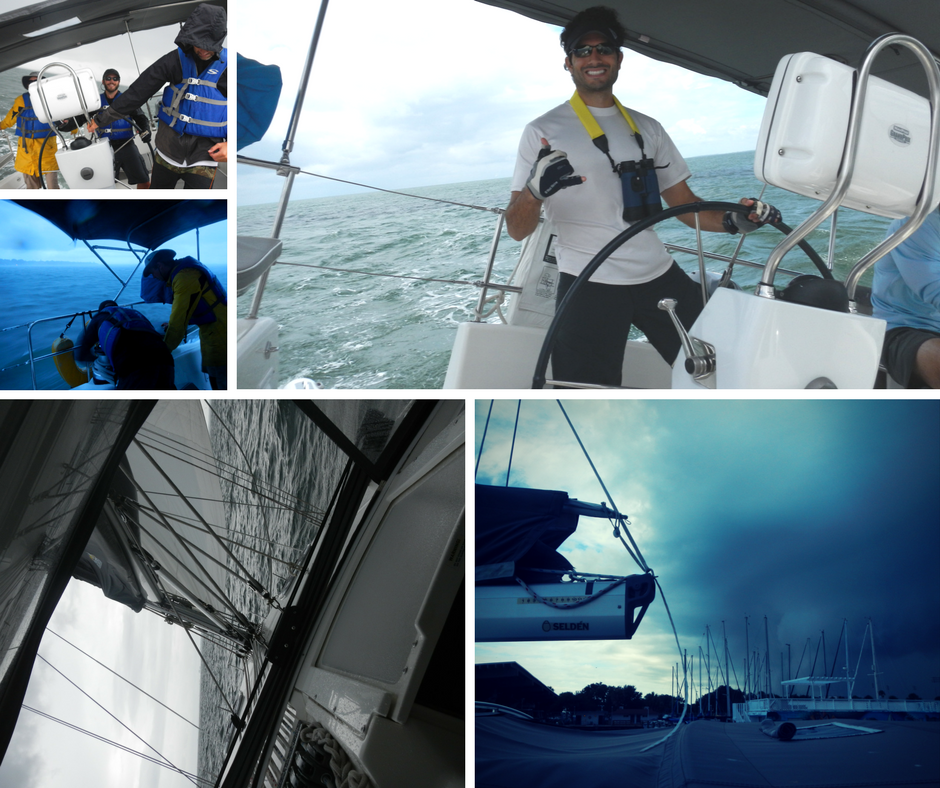
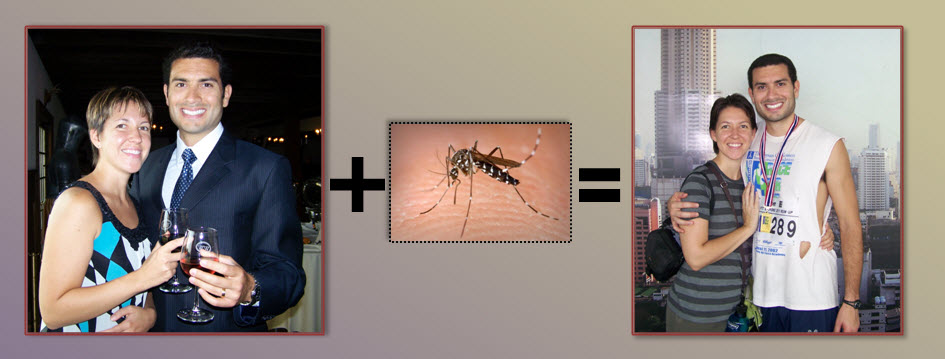
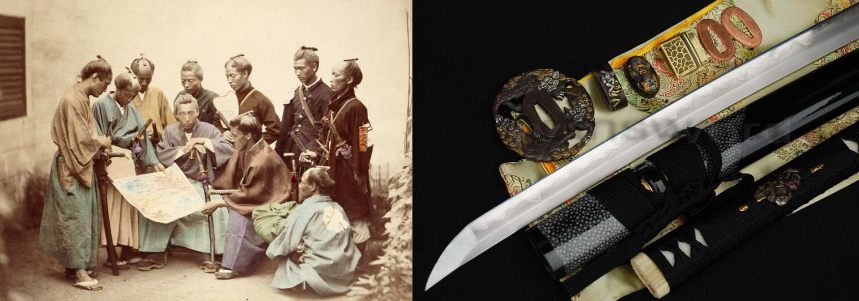
 The lesson I learned in Kyoto was that life, like a Katana, cannot be built by accident. It takes deliberate commitment and a willingness to suffer the fatigue of refinement before we can reach our fullest potential. The same steel that can rust and crack when left alone can be made powerful when folded together. I no longer fear the fire or the hammer; they are tools to make me stronger and sharper. In my community of steel, the pressure from outside forges one blade that will inspire a world.
The lesson I learned in Kyoto was that life, like a Katana, cannot be built by accident. It takes deliberate commitment and a willingness to suffer the fatigue of refinement before we can reach our fullest potential. The same steel that can rust and crack when left alone can be made powerful when folded together. I no longer fear the fire or the hammer; they are tools to make me stronger and sharper. In my community of steel, the pressure from outside forges one blade that will inspire a world.